Audio engineering is like automotive engineering. The engine doesn’t get reinvented every year. But year after year, small improvements do gradually amount to something big. We generally don’t see huge improvements in sound within a single generation.
But there are exceptions. Over the past two years, there have been nearly half-a-dozen examples of audio equipment that’s almost totally reinvented the way it delivers sound. Interestingly, about half of those designs have come from Sony.
Sony IER-Z1R Signature Series In-Ear Headphones
The Signature series is basically what Sony calls a product that’s totally new, or otherwise greatly surpasses what it’s intended to replace. And the Sony IER-Z1R Signature Series In-Ear Headphones are deserving of the name. Representing a totally new way to develop IEMs, the Z1R are made to pursue sound reproduction in nuance and detail.
Exactly what is new with the IER-Z1R? For starters, it’s a hybrid driver system. As opposed to using a single dynamic driver to cover the full range of sound, the IER-Z1R uses a total of three drivers. The drivers themselves are totally unique as well, a combination of Sony’s special balanced armature drivers and audiophile grade building materials.
Build & Design
The buds look pretty impressive. Each IER-Z1R earbud shines with an illuminative and metallic exterior. Its chassis is composed of a zirconium alloy, helping the buds remain quite resistant to corrosion. It’s even a fairly resistant to scratching. While the metallic build does provide slightly more heft than ordinary in-ear headphones, the difference is marginal and has no significant impact on comfort.
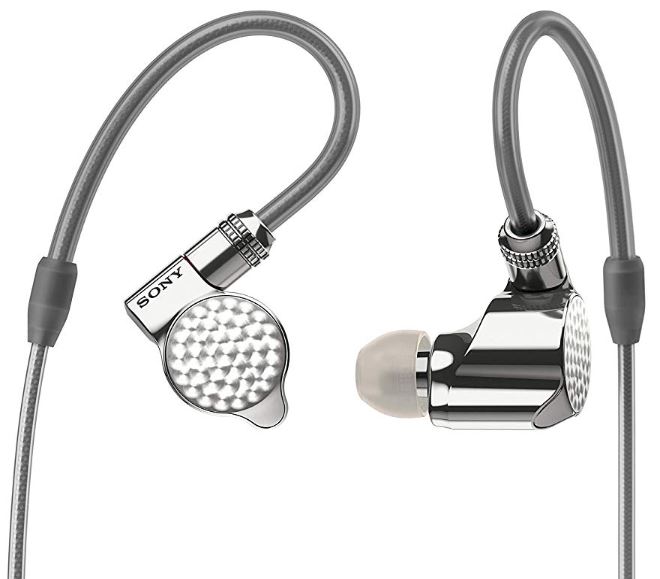
Like similar audiophile equipment from Sony, the IER-Z1R uses a French pearl pattern across the outward faceplate of the buds. It’s highly identifiable, without being as simplistic as printing their logo across the bud. The included cabling uses a matching aesthetic, though you may find a variety of alternatives among replacement cables.
At the base of each earbud, there’s a connection space to link-up with one of Sony’s detachable cables. When in-ear headphones die, it’s generally because you develop a short in the wire. The IER-Z1R uses exceptionally high quality wiring, which is essential to their sound, as we’ll see later.
High quality or otherwise, all wires will fail sooner or later. Which is why it’s essential to have swappable wires on any top-shelf wired audio equipment. With the IER-Z1R, the wires can be attached by without much mechanical action. Just press firmly and they’ll snap into place. If there’s some type of accident and the wire is pulled with great force, the connection will allow itself to be released to save both components.
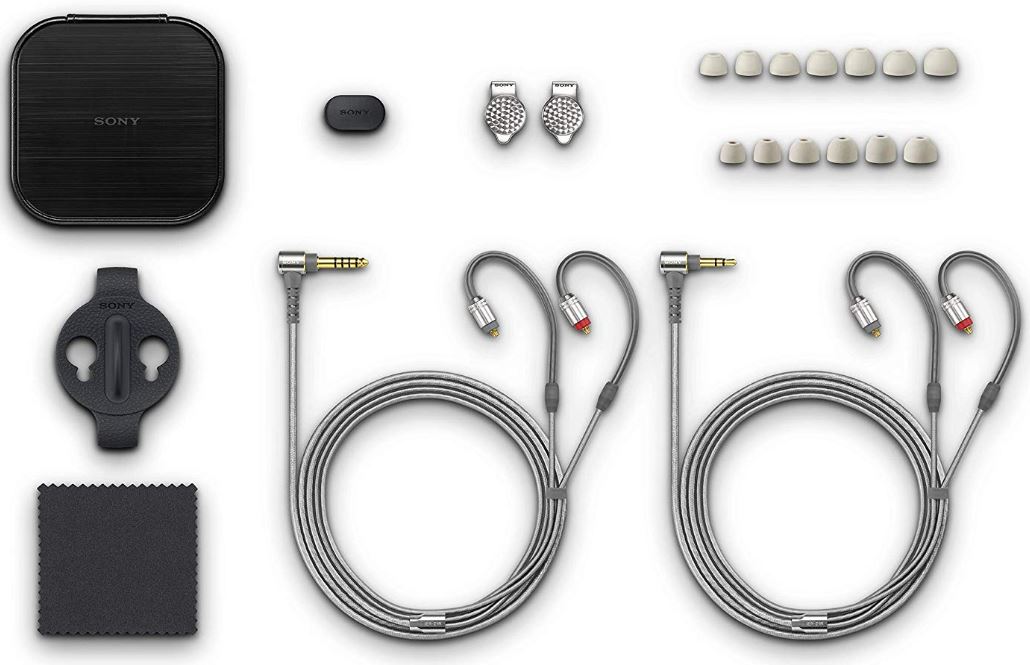
Included Cabling
Speaking of cabling, Sony includes 3.5mm and 4.4mm audio cables. The construction of the cabling is worthy of the equipment. It’s a silver-coated oxygen-free copper cable, further bolstered with Sony’s unique plating structure. They used a gold playing undercoat rather than nickel. That’s because nickel can be magnetized, and is therefore capable of disrupting the signal. It shows both smart design and care in detail.
Audio Engineering
As the old adage goes, a jack of all trades is the master of none. Using a single dynamic driver to cover every portion of the sound spectrum is like using one colored marker to draw an entire meadow. The IER-Z1R tries to solve this problem by using more than one colored marker.
Within its zirconium chassis, there’s a total of three audio drivers working together. They combine to produce sound with more balance than you could ever hope to achieve using a single driver. And it’s essential to take a closer look at these drivers because they’re the basis of how the IER-Z1R deliver high levels of performance.
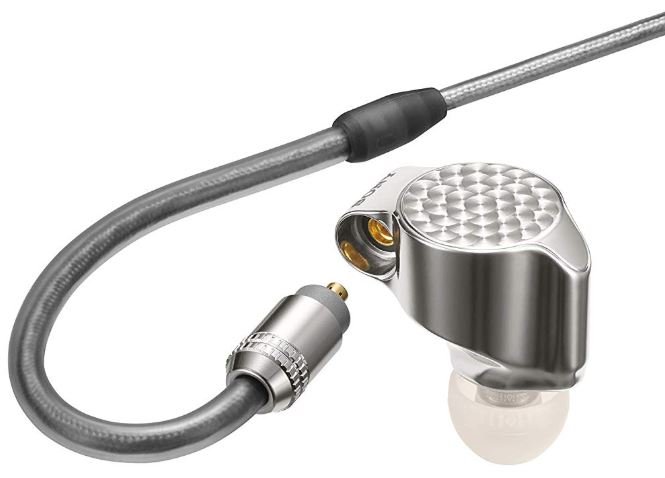
Three Audio Drivers
The primary driver is exceptionally large, a 12mm dynamic driver with a diaphragm specially constructed with a magnesium alloy dome. The second driver is closer to average-sized for a pair of IEMs, only 5mm, and using an aluminum-coated liquid crustal polymer diaphragm. Additionally, this driver receives its power from an external magnetic circuit. It’s small touches like this that keep down noise and allow for frequency response to reach out to 100 kHz.
Rounding things out, the third and final driver is balanced armature driver made from magnesium alloy. BA drivers tend to have slightly inferior bass performance, but you don’t get that impression from the IER-Z1R whatsoever.
Sound engineers may never be able to reproduce truly deep bass inside a pair of tiny in-ear headphones. Some of that simply comes down to the amount of air volume that can be manipulated between the driver and your ear. But the IER-Z1R delivers bass with a richness and warmth that arguably exceeds any IEM on the market.
Material Construction Quality
One consequence of its magnesium alloy housing is that the IER-Z1R Signature Series can offer a more balanced soundscape than you can find with nearly any pair of in-ear headphones. All three of the drivers share a sound path, helping to generate a smooth mesh of mid-tones, clear treble, and smooth bass. The physical construction of the buds even is designed to manage the airflow of music towards the rear of the drivers.
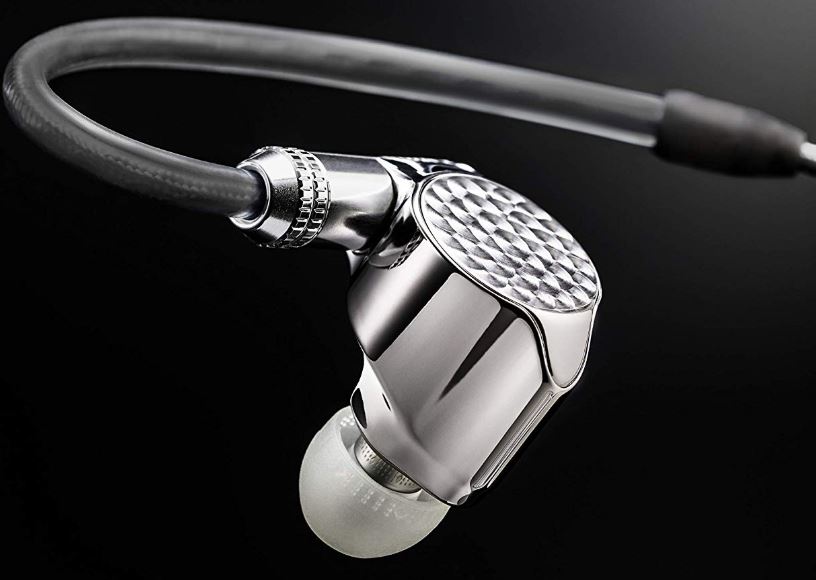
Internally, these buds use Sony’s audiophile grade proprietary equipment at every opportunity. Designed with gold-plated connection terminals, a silver-coated copper voice coil, construction quality is top notch in every detail. It’s these little details that help minimize distortion low and ensure little loss in signal path. And it’s details like that which are at the core of the IER-Z1R working to faithfully reproduce sounds and signals.
Customizable Comfort
Big headphone manufacturers like Sony don’t only study how to make things sound good. They study how to create almost everlasting comfort. Once brands like Sony have figured a few things out, others are left to try and imitate their success. To that end, Sony has leveraged a rather large ear shape database to help make the IER-Z1R more stable and comfortable.
For any pair of IEMs, audiophile or otherwise, finding a comfortable fit is essentially a matter of selecting the right combination of ear tips. Here, there are a total of 13 variations of comfort settings you can create with this kit. It’s a total of six triple comfort ear buds and an additional seven hybrid earbud tips. All in all, it’s about twice as large as the standard array of ear tips you get with in-ear headphones.
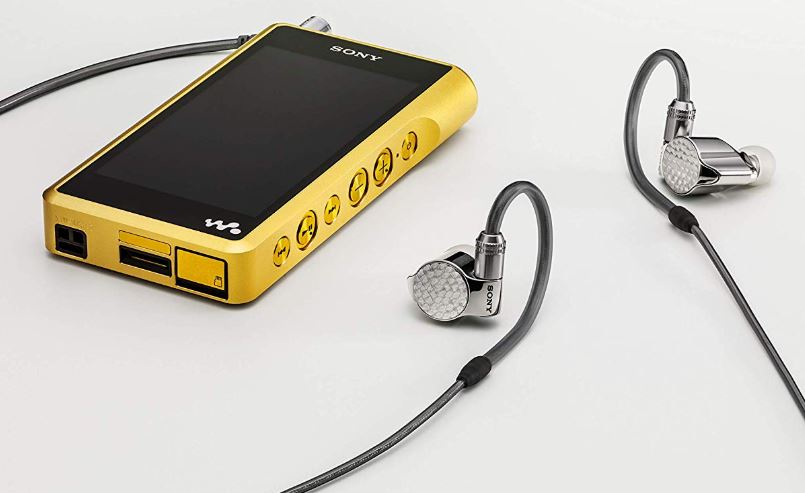
Silicone and Ear Hangers
Additionally, it’s clear that care went into selecting the perfect silicone for these buds. Doing so is actually somewhat more complicated than you’d think. The softest silicone can be worn out after only a few weeks of regular use. The toughest silicone is rigid; you don’t want to stick it in your ear. And then there are the acoustic properties.
Sony’s worked out an extremely pleasant balance between them. It seems to work in the interests of longevity, comfort, and noise isolation. One more key ingredient in comfort is the presence of pre-formed ear- hangers.
Ear-hangers can be tough to get right, but with the modest curvature of these hangers, they’re actually quite adaptable. When you’re putting them in your ears, and let-go of the cord in your hand, the hangers ensure the cord doesn’t have to wind and wrangle as you release it. Another tiny detail that adds up to the overall experience.
Lasting Power
Anytime you’re spending more than a few hundred dollars on audio equipment, it’s fair to start asking questions about longevity. The good news is that audio equipment ages exceptionally well. When you take care of your equipment, it’s common to hear stories of gear lasting for two decades.
The IER-Z1R are corrosion resistant to keep their glossy sheen over years. With enough time, some scratching and weathering might occur. The Sony logo might fade away, but the buds will continue strong. The replaceable wire is an essential feature for any high-end headphones. Sony’s wiring is pretty impressive. There’s no reason to think these headphones won’t serve sensationally well in years to come, with the occasional wire replacement being necessary.

Other Considerations
Like many of Sony’s better products, the IER-Z1R was crafted in Japan. Sony doesn’t have audio software specific to the IER-Z1R. But as one of the world’s largest and most prominent headphone manufacturers, Sony does have some solid headphone apps you can use.
Replacement parts tend to tack on some extra expense over time, especially when you’re dealing with proprietary equipment. But the replacement costs of cabling are likely negligible in this case, considering the exceptionally high quality construction of the cabling to begin with. Short of intentional abuse or handing the cable over to a pack of curious puppies, it’s probably going to last for a few years before you’ll want to replace it.
Sony offers a warranty on virtually all their equipment. The IER-Z1R includes the standard one-year headphone warranty. That warranty isn’t impressive, but if you look at the failure rate for in-ear headphone drivers, they either fall apart immediately or last forever. The shorter warranty is statistically adequate protection.
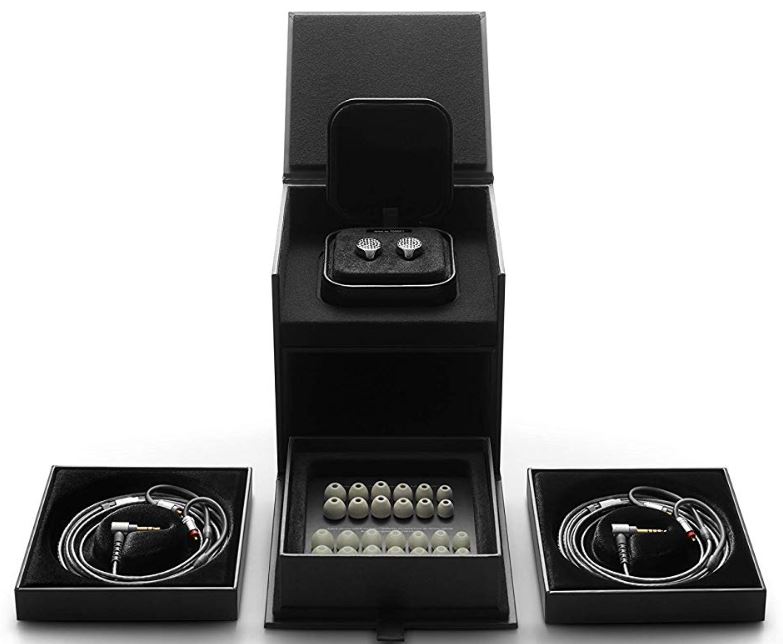
Who Should Choose Sony IER-Z1R Signature Series in-Ear Headphones?
Having become used to high quality sound while you’re stationary, it’s only natural to want to be able to take it on the go. Conversely, you might never be stationary, and just want the bests sound quality you can get your hands on. The IER-Z1R uses high-grade parts from top to bottom.
The IER-Z1R delivers phenomenal performance, with faithful sound reproduction that incorporates micro-sounds to create a living sense of atmosphere. Acoustics are perfectly controlled. The bass is lean but there’s a warmth that helps even it out. The strings and woodwinds are handled well. Piano, bass, drums really show off the lower mid-range and bass tones.
Sony has taken considerable effort made to ensure your experience isn’t undercut with imperfect comfort. Constructed with their own unique 3-driver design, and made with a bundle of proprietary parts and technologies, you can’t even find imitators of the IER-Z1R. Usually, headphones are a matter of taste. But with three incredible drivers working together, the Sony IER-Z1R might be distinctly superior to virtually every other in-ear headphone on the market.
Meet Ry, “TechGuru,” a 36-year-old technology enthusiast with a deep passion for tech innovations. With extensive experience, he specializes in gaming hardware and software, and has expertise in gadgets, custom PCs, and audio.
Besides writing about tech and reviewing new products, he enjoys traveling, hiking, and photography. Committed to keeping up with the latest industry trends, he aims to guide readers in making informed tech decisions.

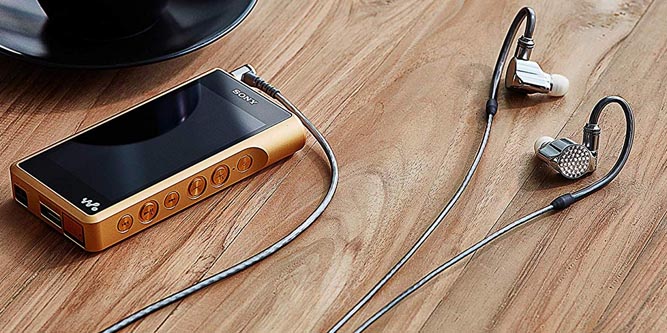
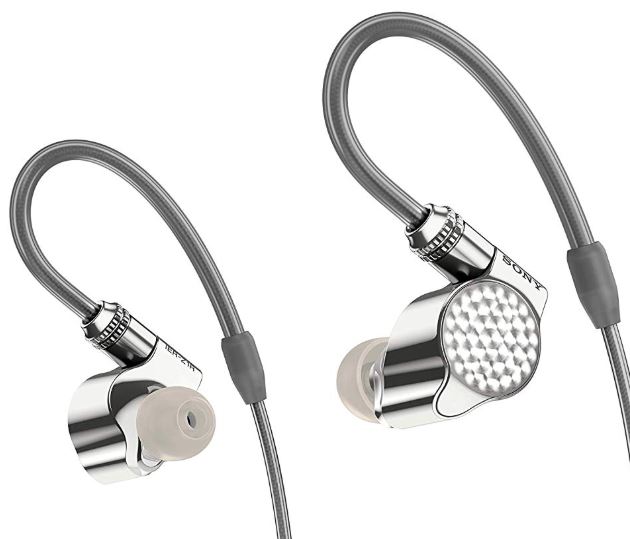
Good analysis! And as for the bass, could you give more details? I just got curious. After all, with amplifier and equalization it can be considered a headset for bassheads? Is the bass as deep and punchy as the Sony XBA-Z5? I think this point is essential. Thank you